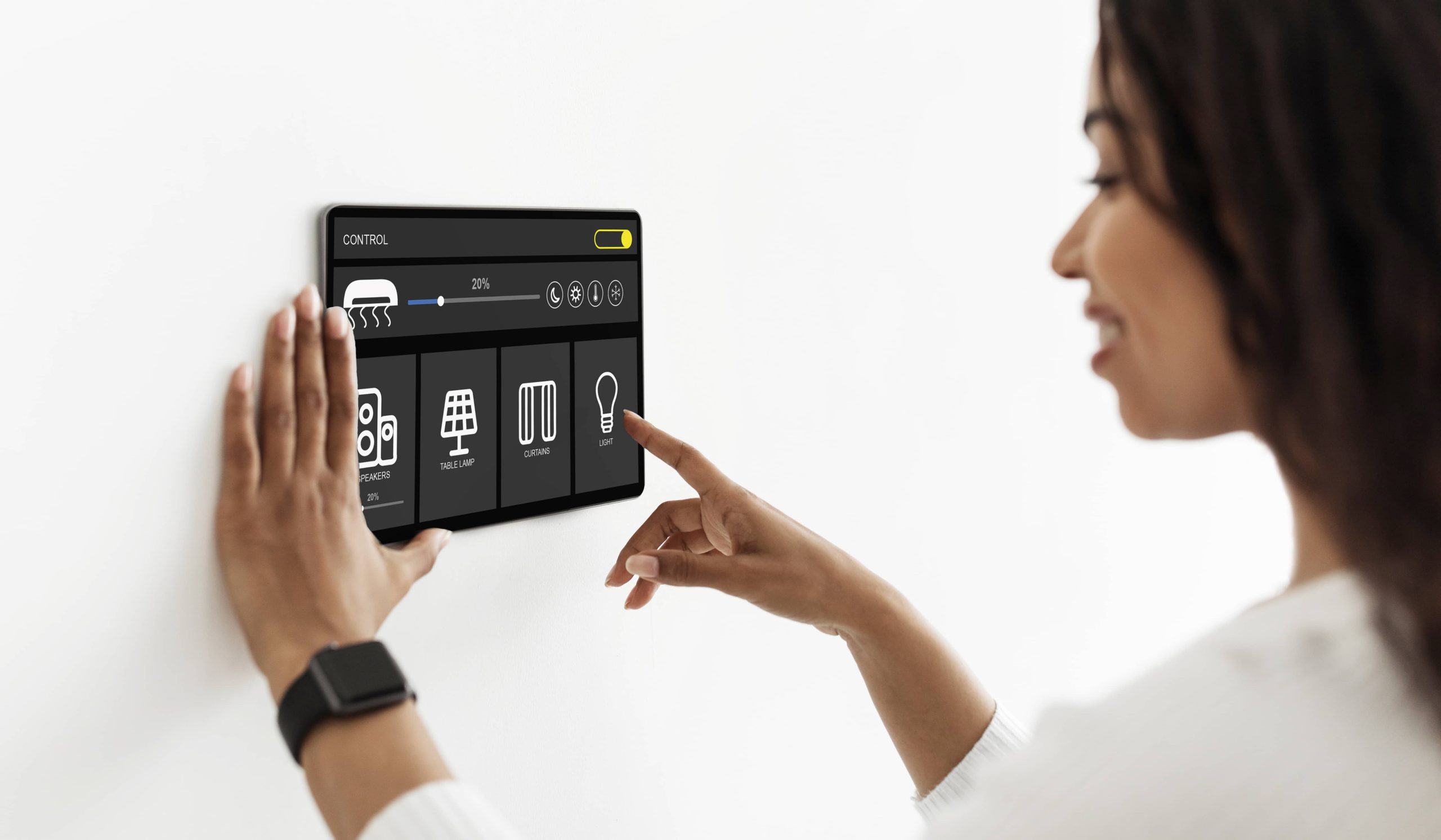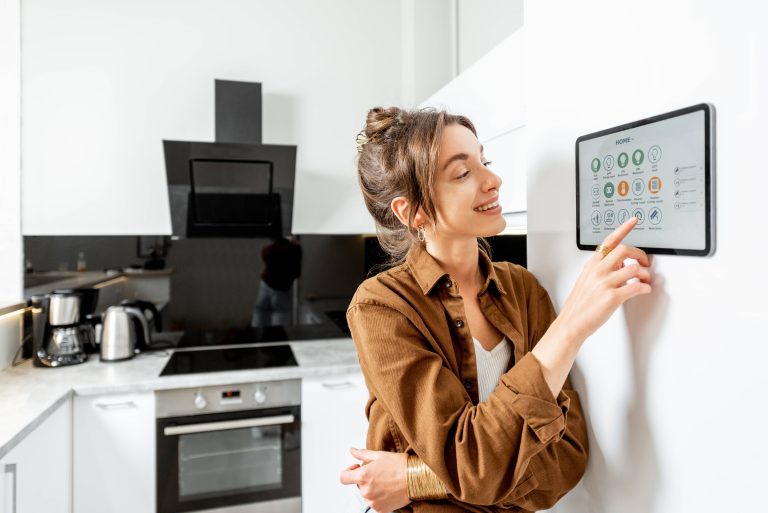
In today’s fast-paced digital age, the concept of smart homes is more accessible and appealing than ever before. With advancements in technology, home automation has transcended from a futuristic idea to a present-day convenience that simplifies our lives. A critical factor in this revolution is the smartphone—an indispensable tool that many of us carry in our pockets every day. But how feasible is it to automate your home entirely using only a smartphone?
Let’s explore the possibilities, advantages, and practical steps involved in turning your smartphone into the ultimate home automation hub.
The Rise of Smart Home Technology
Before delving into the specifics of smartphone-based automation, it’s essential to understand the landscape of smart home technology. Over the past decade, the market has seen an explosion of smart devices, each designed to enhance comfort, convenience, and security.
From smart speakers and thermostats to lights and security cameras, these devices can form a cohesive ecosystem that operates seamlessly. Traditionally, integrating these devices required a complex mix of hubs, controllers, and sometimes professional installation. However, with the rise of smartphone capabilities, managing these devices has become significantly easier.
The Central Role of Smartphones
Smartphones have evolved into powerful mini-computers, capable of performing tasks that once required multiple devices. Equipped with Wi-Fi, Bluetooth, and various sensors, smartphones can control a wide range of smart home devices. Here’s how smartphones form the backbone of home automation:
1. Connectivity: Modern smartphones can communicate with other devices via Wi-Fi, Bluetooth, Zigbee, and more. This multi-protocol support ensures compatibility with various smart home products.
2. Apps and Ecosystems: Major tech companies like Apple, Google, and Amazon have developed smart home ecosystems—HomeKit, Google Home, and Alexa, respectively. These ecosystems allow users to control multiple devices from a single app, often using a smartphone.
3. Voice Assistants: Virtual assistants like Siri, Google Assistant, and Alexa are integrated into smartphones, enabling voice-controlled automation.
4. Portability and Convenience: Smartphones are always within arm’s reach, making them the perfect centralized controller.
Practical Steps to Automate Your Home Using Only a Smartphone
1. Conduct a Device Inventory: Start by identifying the smart devices you already own or plan to acquire. Ensure they are compatible with your smartphone’s operating system and preferred ecosystem (HomeKit, Google Home, Alexa).
2. Centralize with a Single Ecosystem: To simplify management, choose one primary ecosystem (Apple HomeKit, Google Home, or Amazon Alexa). Each ecosystem has its strengths and unique features, so select one based on your existing devices and preferences.
3. Download Necessary Apps: Install the required apps for your chosen ecosystem and individual smart devices. Most smart devices have dedicated apps that provide detailed control and customization settings.
4. Network Setup: Ensure a robust Wi-Fi network to facilitate seamless communication between your smartphone and smart devices. Consider a mesh network for expansive homes to eliminate dead zones.
5. Device Pairing and Integration: Follow the manufacturer’s instructions for each smart device to connect them to your smartphone. This typically involves opening the app, placing the device in pairing mode, and following on-screen prompts.
6. Create Routines and Automation: Use the centralized app (HomeKit, Google Home, or Alexa) to set up automation routines. These can be simple (turning on lights at sunset) or complex (disabling the alarm, turning on lights, and playing music when you arrive home).
7. Leverage Voice Control: Enable voice control through Siri, Google Assistant, or Alexa. This adds an additional layer of convenience, allowing you to control devices hands-free.
8. Monitor and Adjust: Periodically review the performance of your smart home setup. Make adjustments as needed to improve efficiency and address any connectivity issues.
Advantages of Smartphone-Based Home Automation
1. Cost-Effective: Utilizing your smartphone negates the need for dedicated smart home hubs and controllers, reducing overall costs.
2. Ease of Use: Smartphones offer an intuitive interface that most people are familiar with, minimizing the learning curve for new users.
3. All-in-One Control: Having all controls consolidated in a single device provides unparalleled convenience.
4. Remote Access: Smartphones allow you to control and monitor your home from anywhere, offering peace of mind when you’re away.
Potential Limitations
While the prospect of smartphone-only home automation is exciting, it’s important to acknowledge potential limitations:
1. Battery Dependency: The continuous use of your smartphone for home automation can drain its battery more quickly.
2. Connectivity Issues: Reliance on Wi-Fi means that any network disruption can affect the performance of your smart home.
3. Compatibility Constraints: Not all smart devices are compatible with every smartphone ecosystem, potentially limiting your choices.
Conclusion
Automating your home using only a smartphone is not just a possibility—it’s a reality for many smart home enthusiasts. By leveraging the power of modern smartphones, you can create a connected, efficient, and easily manageable home environment. While there are some limitations to consider, the advantages far outweigh the drawbacks for most users.
As smart home technology continues to evolve, so will the capabilities of our smartphones. Embrace this exciting integration, and enjoy the convenience and innovation it brings to everyday living. Happy automating!







